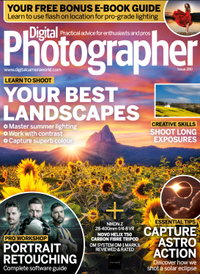5-minute photo tips: Capturing skies that create a big impact
How to create dynamic clouds and handle stormy conditions in summer
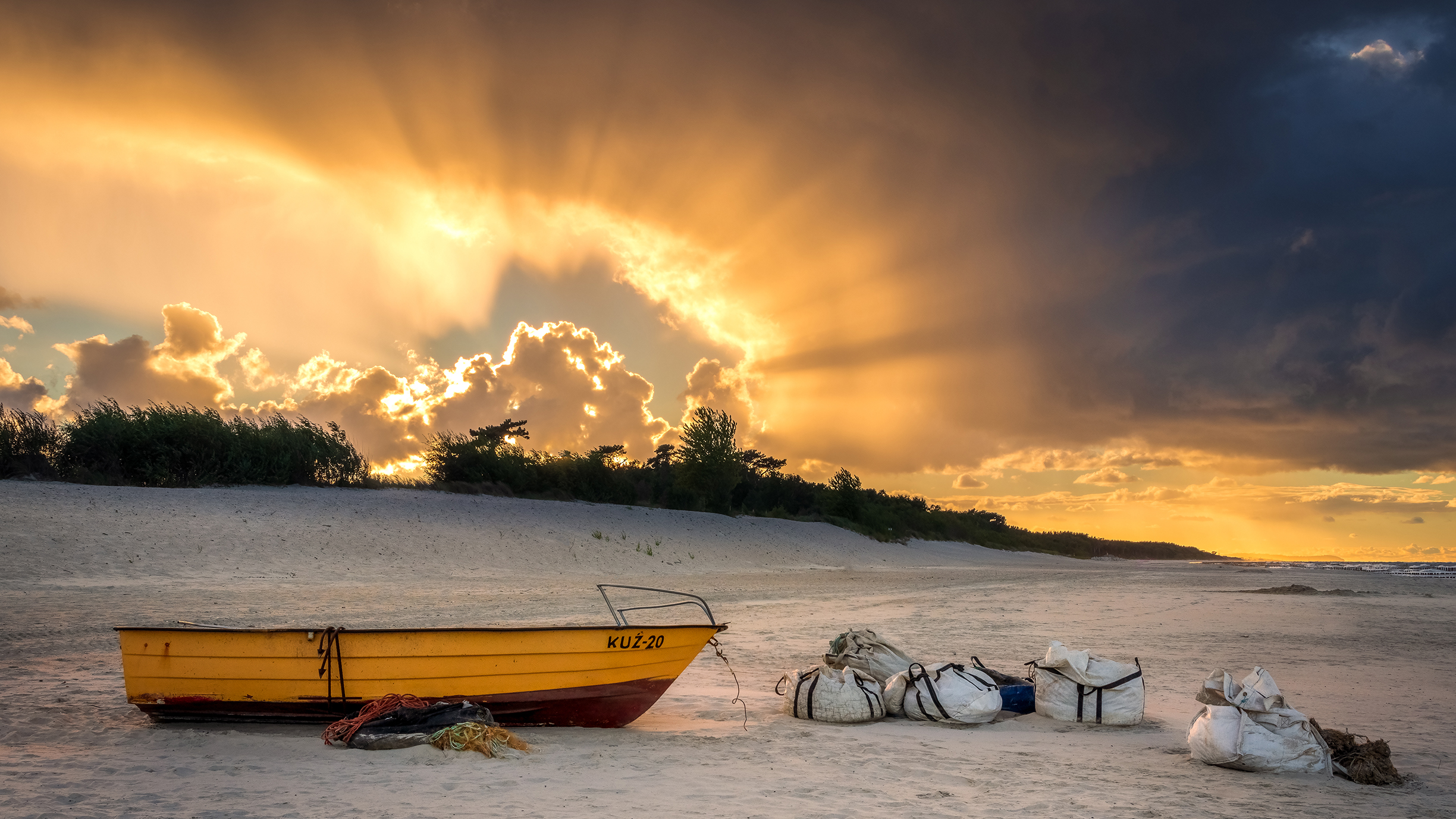
In landscape photography, dynamic skies have a profound impact on composition and viewer engagement, adding an extra layer of interest and drama to the scene. Stormy skies are commonly observed in the summer months, due to the increased heat and humidity during this season, bringing a sense of mystery and intensity.
Of course, monitoring weather forecasts is key to anticipating stormy conditions. To maximize your chances of capturing dynamic clouds and stormy conditions, scout locations known for dramatic skies, such as coastal areas or mountain ranges, where weather patterns are prone to rapid changes.
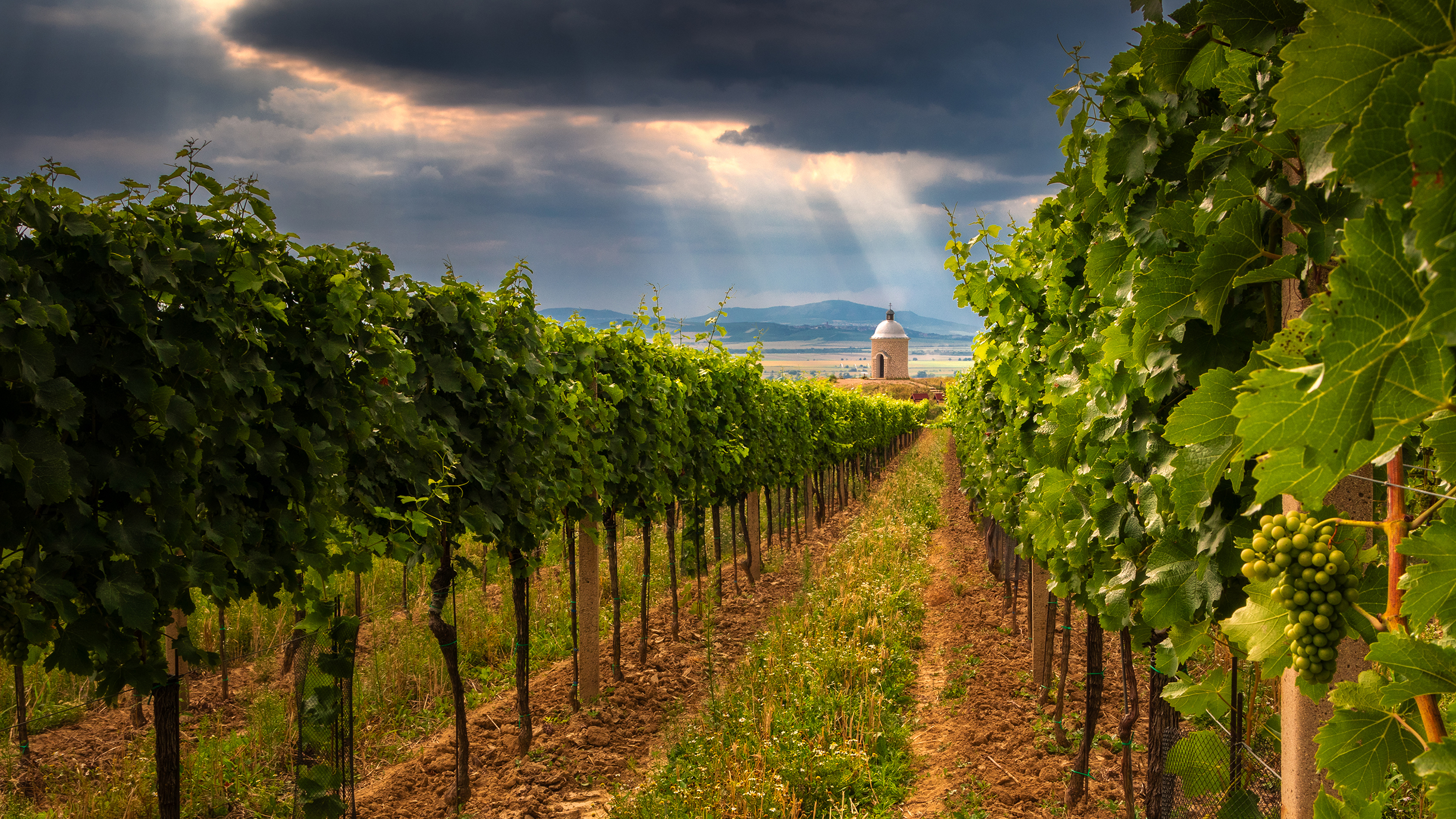
The changing light under dynamic skies amplifies contrasts and alters color temperatures, creating high-contrast scenes with dramatic shifts in hue. As sunlight penetrates the clouds, it spotlights specific elements. Those spotlights are not controllable and may make you readjust the composition to highlight other elements of the scene. This way you visually make the element stand out and directly draw in the viewer’s attention.
Here, shooting in RAW format rather than JPEG is crucial. RAW files retain more information in both shadows and highlights, allowing for greater flexibility in post-production. This increased dynamic range enables us to preserve intricate details and tones, maximizing the creative possibilities during the editing process.
Balance the drama
1. Level it
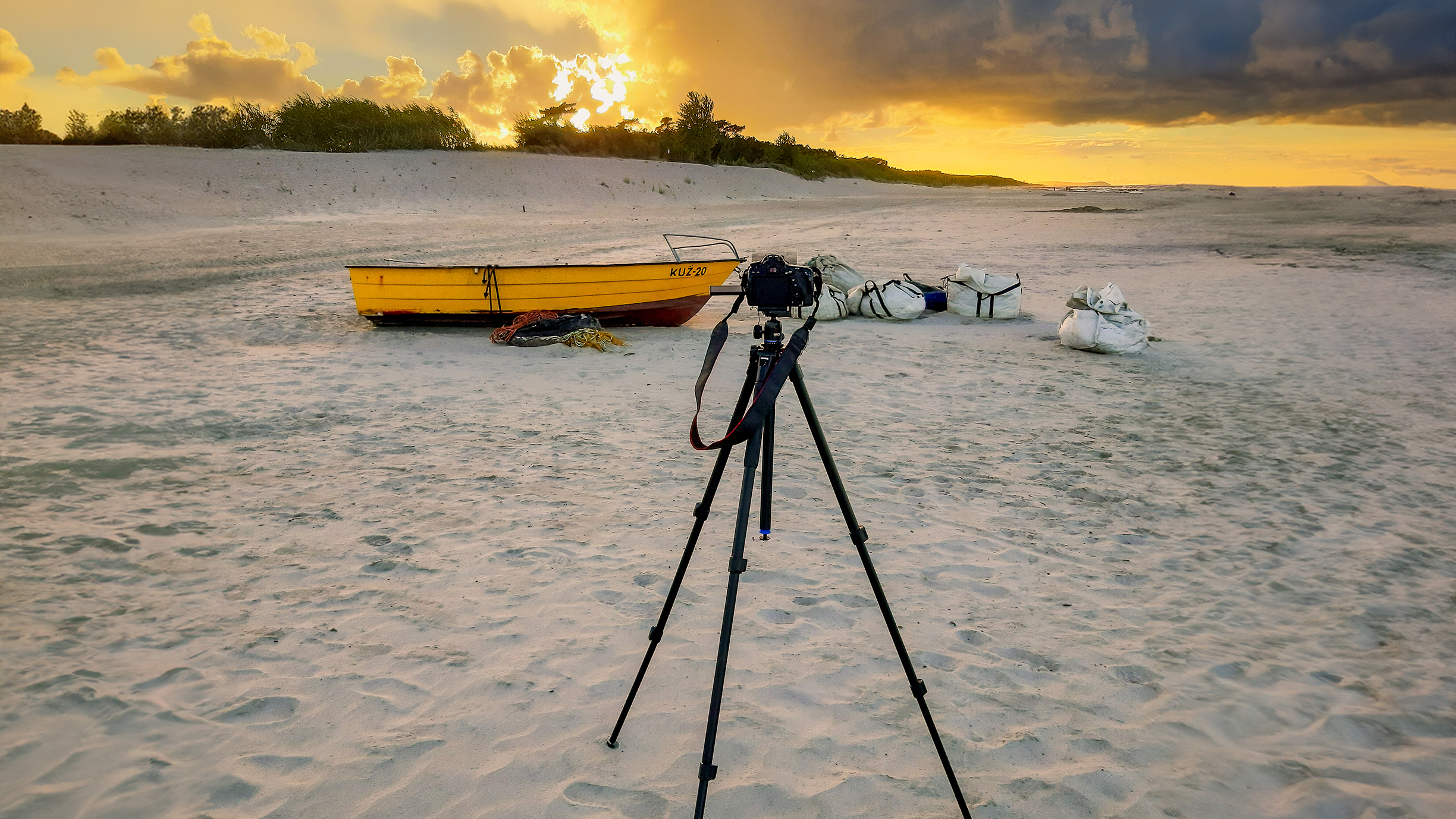
Before capturing your shot, make sure to set up your tripod to avoid any unwanted shake that causes blur. Activate horizontal guidelines in the camera menu to ensure a straight horizon.
2. Dial in settings
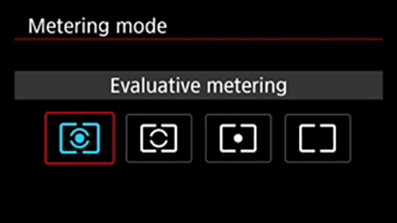
Shoot in M mode to gain control. Choose Evaluative metering, which analyses the entire scene to calculate exposure based on factors such as brightness, contrast and colour distribution.
3. Set White Balance

Access the camera menu to adjust the White Balance settings and test some presets. Experiment with unconventional WB settings to create a more dramatic and artistic effect in your photos.
Pro's favorite lens
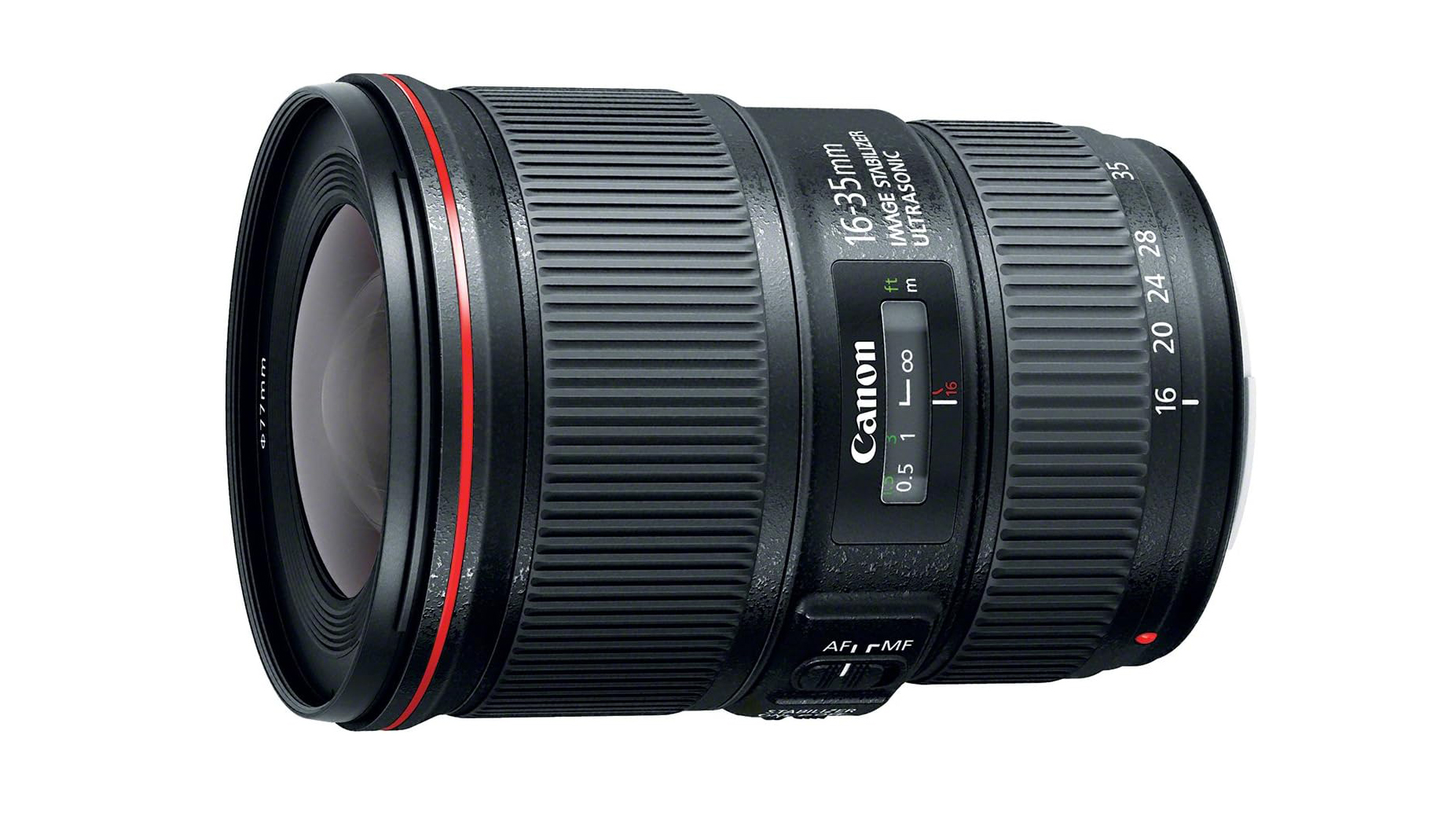
“For dramatic summer landscapes, the Canon EF 16-35mm f/4L IS USM lens is ideal. Its wide-angle perspective captures vast skies and the majesty of the surroundings,” says Karolina. “The focal length range provides flexibility in composition, from sweeping views to narrow close-ups, in creating shots. The f/4 aperture provides sufficient light-gathering capability for most outdoor situations, while offering greater depth of field, ensuring sharpness from foreground to background,” she says. “Its optical quality ensures minimal distortion, which is crucial for accurately capturing intricate landscape details and textures.”
This article originally appeared in Digital Photographer, a monthly magazine, and the kitbag essential for pros, enthusiasts, and amateurs alike!
Inside, you'll find practical guides, shooting tips, and techniques from working photographers, plus all the latest industry news.
You might be interested in our video explaining what is the rule of thirds, as well as our explainer on what is exposure in photography.
Get the Digital Camera World Newsletter
The best camera deals, reviews, product advice, and unmissable photography news, direct to your inbox!
Digital Photographer is the ultimate monthly photography magazine for enthusiasts and pros in today’s digital marketplace.
Every issue readers are treated to interviews with leading expert photographers, cutting-edge imagery, practical shooting advice and the very latest high-end digital news and equipment reviews. The team includes seasoned journalists and passionate photographers such as the Editor Peter Fenech, who are well positioned to bring you authoritative reviews and tutorials on cameras, lenses, lighting, gimbals and more.
Whether you’re a part-time amateur or a full-time pro, Digital Photographer aims to challenge, motivate and inspire you to take your best shot and get the most out of your kit, whether you’re a hobbyist or a seasoned shooter.
- Karolina KonsurPhotographer
